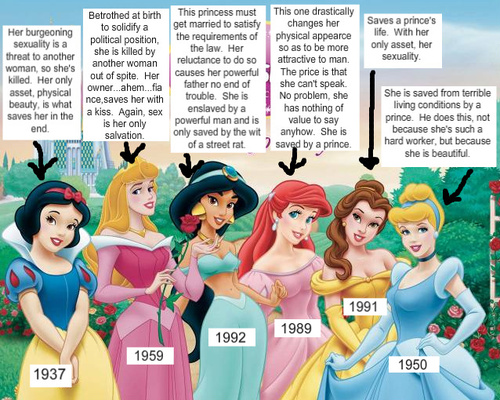Ricardo G. sent in a link to a British campaign encouraging citizens to ride the train. The campaign features a Mexican wrestler named Loco Toledo.
The commercials basically feature him acting weird (“loco” means crazy), speaking broken English, and comparing the awesomeness of England’s train system with Mexico’s. An example:
How exactly is this different than the Frito Bandito and the Sleepy Sanka Mexican?
Other examples of contemporary advertising campaigns featuring demeaning racial and ethnic stereotypes: the U-Washee, KFC thinks Asians are ridiculous, Native American sports mascots, racism in identity theft ads, Indian, Chinese, and Italian stereotypes in superbowl ads, Asian kitch, selling noodles with Asian enlightenment, and Mr. Wasabi.
Lisa Wade, PhD is an Associate Professor at Tulane University. She is the author of American Hookup, a book about college sexual culture; a textbook about gender; and a forthcoming introductory text: Terrible Magnificent Sociology. You can follow her on Twitter and Instagram.




